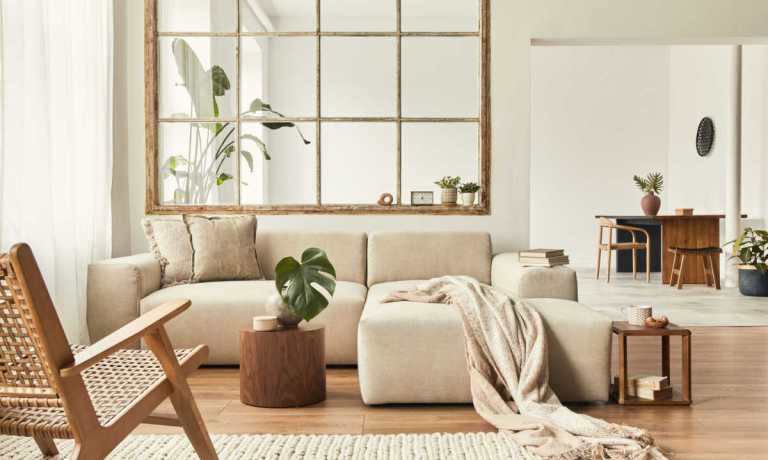
Africa’s online stores are attracting customers with affordable, made-in-Africa furniture design.
For example, Nigerian retailer Taeillo has expanded from a Nigeria-focused business-to-business (B2B) furniture manufacturer to selling thousands of its flat-pack, locally sourced furniture pieces to customers across Africa.
Thanks to strong growth in both the B2B and direct-to-consumer markets, Taeillo recently picked up $2.5 million in funding to help it keep up with demand.
Part of the firm’s success comes down to the fact that there is a hole in the market for quality but affordable furniture design that doesn’t have to be imported from Europe or China.
And as long as global players like Ikea remain largely absent in African markets — the Scandinavian giant only has two locations and a seasonal pop-up store in Egypt courtesy of its Middle East and North Africa (MENA) franchise owner al Futtaim Group — it is likely that more homegrown manufacturers and retailers will arise.
And furniture sellers, more than in other retail sectors, have good reason to want to keep their supply chains local. When it comes to transporting heavy, bulky items like beds and sofas, importers are at the mercy of international shipping prices, which themselves are dictated by fuel costs.
With major savings on international logistics, Taeillo is able to serve African consumers “at a fraction of the importation price and with a 50% reduction in delivery time,” the firm’s recent investor Aruwa Capital Management has stated.
That notion of localization extends to other African economies too.
In South Africa, local furniture brand Afrienza is pursuing a similar business model, with pieces designed, manufactured and assembled in the country. And from Kenya’s Unity Makers to Botswana’s Mabeo, African furniture brands are sourcing local materials and employing local craftsmen to fill their catalogs, and using the internet to reach the growing market of Africa’s rising middle-class consumers.
Global Furniture Sellers Embrace Digital
Africa isn’t the only continent experiencing the digitization of furniture sales.
Around the world, digital-first business models are disrupting the home-furnishings industry and encroaching on the turf of physical showrooms.
In a sign of pure-play digital retailers’ ascendancy in the market, last year, Blackstone’s Tactical Opportunities Fund invested an undisclosed amount in Walker Edison, a U.S.-based flatpack furniture maker and online retailer.
Even Ikea, a brand that is synonymous with giant blue retail outlets the world over, is embracing its own digital transformation.
To help boost eCommerce sales, the Swedish firm launched an artificial intelligence (AI)-powered room visualization tool called Kreative earlier this year which allows shoppers to view an item of furniture in their room through their mobile device.
While Ikea is far from the first company to deploy augmented reality (AR) in the service of selling furniture, its move to embrace the technology marks a significant milestone in the mainstream adoption of AR for home design.
In the second-hand market too, digital platforms are on the rise and smashing any preconceptions that buying used furniture online amounts to browsing shabby old sofas on Facebook Marketplace.
As Gregg Brockway, CEO and co-founder of Chairish, an online vintage furniture selling platform, told PYMNTS recently, demand for bespoke, luxury pieces is one of the industry’s biggest tailwinds and has helped the company expand internationally.
Watch Brockway’s interview: Localized Solutions Simplify Global Logistics for Vintage Home Furnishings Marketplace
In markets around the world, “there’s a growing interest in vintage, antique and pre-owned items,” Brockway said. “In addition to being stylish and unique,” he added, “having something that is right there and ready to meet your needs is incredibly compelling.”
For all PYMNTS EMEA coverage, subscribe to the daily EMEA Newsletter.